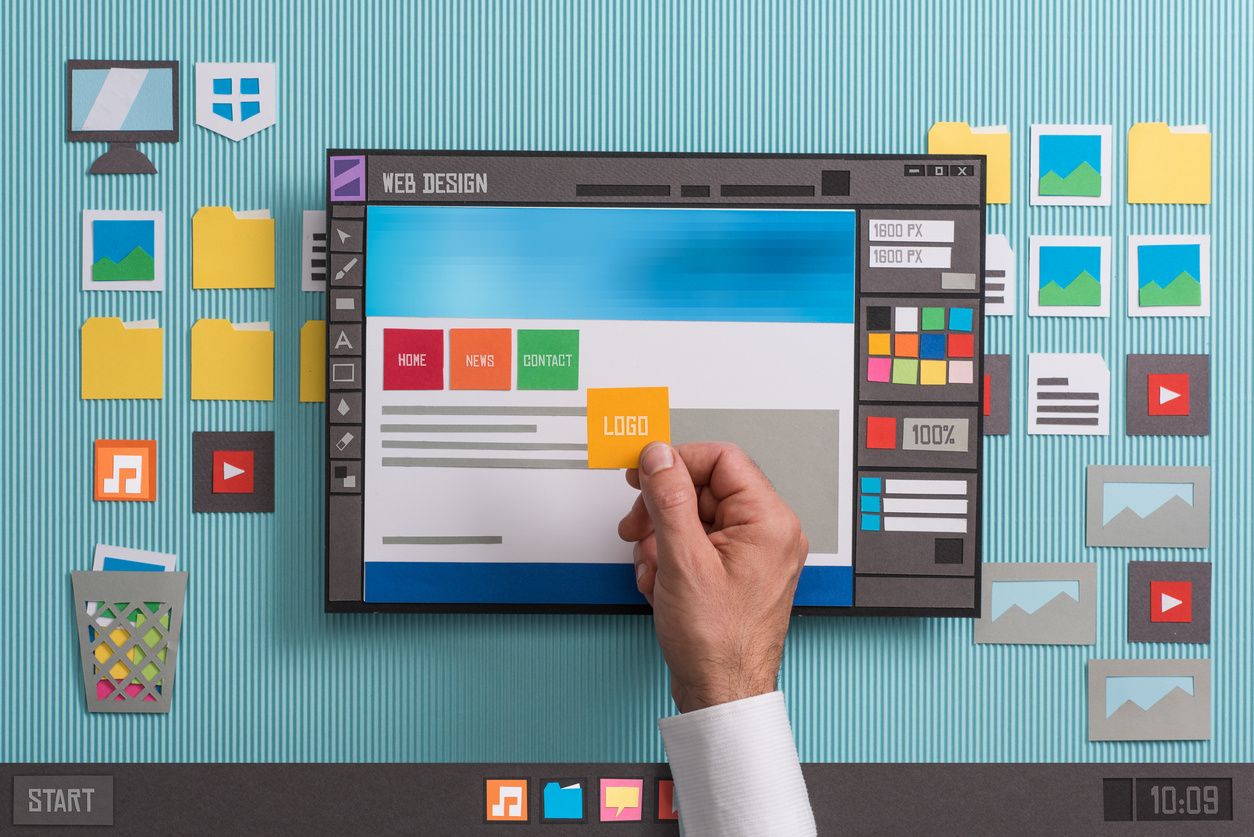by Patricia Ames
What do EO Johnson and Modern Office Methods have in common? A trove of subject matter expertise on the topic of solution selling. Luckily I was able to tap into this treasure chest of knowledge while attending the semi-annual Business Products Council Association (BPCA) meeting in Cincinnati by hosting a panel on this topic. And since the BPCA is all about sharing best practices, I’ve gathered some of the highlights here for our readers, with a big thanks going out to BPCA for the invitation.
For the panel, I was joined on the dais by a prestigious group that shares well over a half-century’s worth of experience in the industry. Over the course of an hour, Karen Morgan of Modern Office Methods, Dave Johnson of EO Johnson, and Michael Amiri of Continuum discussed some of the struggles dealers face, as well as best practices and the do’s and don’ts of selling solutions.
Michael Amiri of Continuum, Karen Morgan of Modern Office Methods and Dave Johnson of EO Johnson join BPO Media’s Patricia Ames on the BPCA panel
What did we learn?
The general consensus of the group was that office equipment dealers should be selling solutions. But they also warned that dealers need to have a plan of attack. “You have to decide first what it is that you’re trying to accomplish and then try to help make that fit … and ask yourself, how much you want to invest,” said Morgan.
As an example of what solutions sales could look like, Dave Johnson shared how his organization approaches the subject. “We are separating our software solutions,” said Johnson. EO Johnson’s solutions division takes a three-pronged approach, focusing one specialist each on document management, business process optimization, and being a consultant and business partner with customers.
Obviously, there is no one right way to build up your solutions division. But no matter how you configure your business, when it comes to actually selling solutions, the experts all agree: you’ll have to take a consultative approach with your customers to be successful.
“You have to transition your conversation with a client from a product conversation to a business conversation,” said Morgan. Michael Amiri added that sales reps will have to learn how their customers’ businesses work, and then explain to them how their solution fits into their daily lives and supports their business goals. Amiri also emphasized the importance of illustrating your full menu of items, because you never know what kind of opportunities you’ll miss out on if you don’t. Basically, as the great Michael Scott of The Office once said, “you miss 100 percent of the shots you don’t take.”
Michael Scott Gretzky OK – it was Wayne Gretzky, but I’m from Vegas and hockey is still a sore point after the 2018 Stanley Cup.
The trio also stressed the importance of specialists. “Our office in Eau Claire didn’t have a specialist in it for a year — all our solution sales numbers declined” Johnson explained. “So if you can’t touch that person and bring them on calls, it really affects business.” In hiring and training talented specialists, dealers can approach customers with their own solutions, rather than searching for some problem to solve. Ultimately, these professionals are going to add more value to your business.
But transitioning to selling solutions doesn’t come without its own difficulties.
For one, there are the issues of incentives and compensation. “If I am the sales rep, I just want to go out and sell my deal — I don’t want to slow it down,” said Morgan. Sales reps might be turned off by spending the extra time and energy to upsell solutions — especially if it’s only for a fraction more in commission — when they are already making some decent money on hardware sales or account takeovers.
Dealers will have to get creative in motivating their sales staff. Morgan floated the idea of bumping up commissions for solutions sales to make that extra time and energy worth it to sales reps. Johnson told us about how EO Johnson created an optional certification program with Square 9 with an added incentive: any sales rep who completed the training was rewarded with extra commission on a lead, while those who didn’t attend got the normal rate.
There is also the matter of deployment and support. Morgan noted that a bad installation process — be it poor project management, implementation, service or sales rep communication — can doom you from the start. “It can lose an entire deal for a rep,” she said.
We spent the last part of the panel discussion talking about the future. Morgan and Johnson see growth in the capture and data analytics arena. But we hit a point of contention when I brought up the paperless office. While Morgan says that, theoretically, the paperless office is possible, it will depend on which industry you’re talking about. But realistically, and in even the industry where a paperless office is technically possible, she doesn’t see print dying out. Johnson and Amiri, on the other hand, think that it’s a myth.
Don’t go it alone
It would be impossible to unpack all the best practices and potential pitfalls that come with selling solutions in 10 hours, let alone 40 minutes. Even so, we learned a lot in a short amount of time. Transitioning to solutions looks scary, but at the same time, the opportunity is amazing – and you are never alone. Organizations like the BPCA are there to help along the way, providing a forum for dealers to seek out advice and assistance from those that have already been down the path.


Leave A Comment
You must be logged in to post a comment.